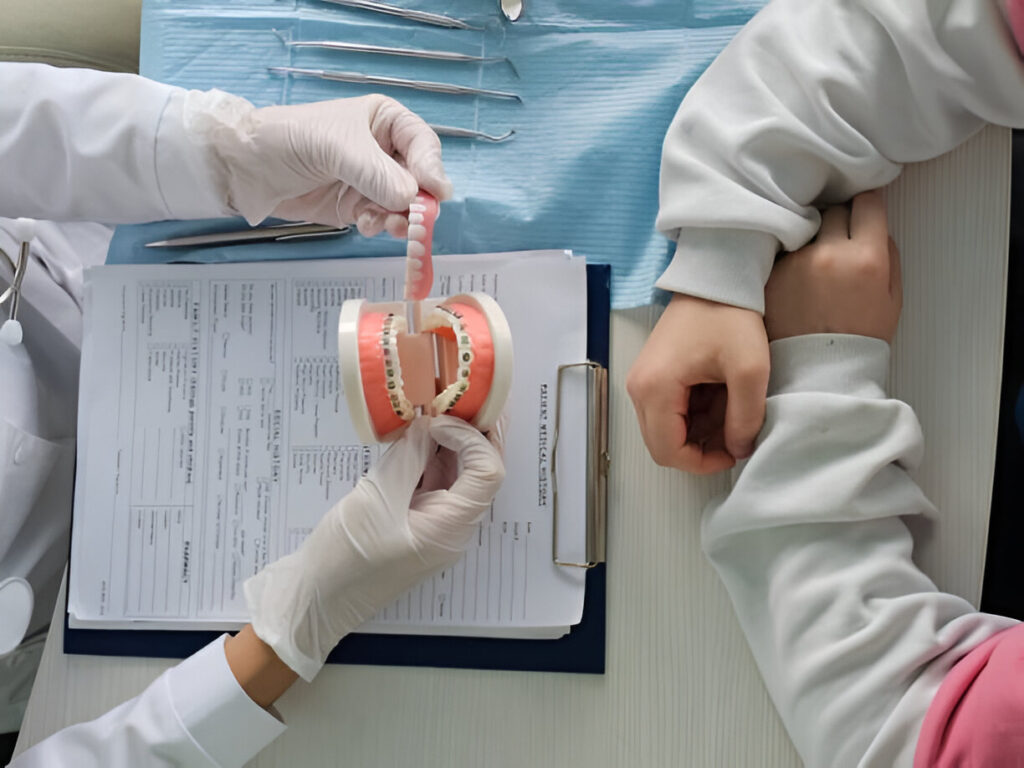
Navigating Dental Insurance: Everything You Need to Know!
Dental insurance plays a crucial role in maintaining oral health by making preventive and restorative care more affordable. However, coverage varies significantly depending on the plan, insurer, and policy details. Understanding what dental insurance typically covers—and what it might exclude—can help you make informed decisions about your oral care and financial planning. This guide breaks down common dental procedures, from routine cleanings to orthodontic treatments, and explains how insurance typically handles them.
Preventive Care: The Foundation of Dental Coverage
Most dental insurance plans prioritize preventive care because it helps avoid more serious and costly dental issues down the road. These services are usually covered at the highest percentage, often between 80% to 100%, with little to no out-of-pocket cost for policyholders.
Routine Cleanings and Exams
Dental cleanings, also known as prophylaxis, are typically covered twice per year under most insurance plans. These appointments involve plaque and tartar removal, polishing, and a thorough examination by a dentist or hygienist. Regular cleanings help prevent cavities, gum disease, and other oral health problems. Many plans also include oral cancer screenings and X-rays (usually once per year) as part of preventive care.
Fluoride Treatments and Sealants
For children and sometimes adults, fluoride treatments may be covered, particularly for those at higher risk of cavities. Similarly, dental sealants—a protective coating applied to the chewing surfaces of molars—are often fully or partially covered for children under 18. These treatments are considered preventive because they help stop decay before it starts.
Basic Restorative Procedures: Fixing Common Dental Problems
When dental issues like cavities or minor infections arise, restorative treatments become necessary. Most insurance plans categorize these as “basic” procedures and cover them at 50% to 80%, meaning you’ll still have some out-of-pocket costs.
Fillings for Cavities
The most common restorative procedure is a dental filling, used to repair cavities caused by tooth decay. Insurance typically covers fillings, but the reimbursement amount depends on the material used. Amalgam (silver) fillings are usually fully covered because they’re the most cost-effective, while composite (tooth-colored) fillings may require a higher copay since they’re more expensive.
Tooth Extractions
If a tooth is severely damaged or decayed beyond repair, extraction may be necessary. Simple extractions (removing a fully erupted tooth) are generally covered under basic care. However, surgical extractions (such as impacted wisdom teeth) may fall under major services, which could mean higher out-of-pocket costs.
Root Canals (Endodontic Treatment)
When tooth decay reaches the nerve, a root canal is often required to save the tooth. While this procedure is more expensive than a filling, most insurance plans classify it as a basic or intermediate service, covering 50% to 70% of the cost. The remaining balance is the patient’s responsibility, so it’s important to check your plan’s specifics.
Major Dental Procedures: Higher Costs, Partial Coverage
Major dental work, such as crowns, bridges, and dentures, tends to be more expensive, and insurance coverage is usually lower, often around 50% or less. Many plans also impose waiting periods before covering major procedures, meaning you may need to be enrolled for six months to a year before becoming eligible.
Crowns and Bridges
A dental crown restores a damaged or weakened tooth, while a bridge replaces one or more missing teeth by anchoring to adjacent teeth. Since these are considered major procedures, insurance typically covers a portion of the cost. However, some plans may limit coverage to certain materials—for example, paying only for a porcelain-fused-to-metal crown rather than a full ceramic one.
Dentures and Partial Dentures
For patients missing multiple teeth, dentures (full or partial) may be the most practical solution. Insurance plans often cover a percentage of the cost, but high-end options like implant-supported dentures may not be included. Some policies also have a lifetime maximum for prosthetics, meaning they’ll only pay for replacements after a certain number of years.
Dental Implants
While dental implants are the gold standard for tooth replacement, many insurance plans do not cover them fully, if at all. Some may contribute toward the abutment or crown portion but exclude the surgical placement of the implant itself. Patients considering implants should carefully review their policy or explore supplemental financing options.
Orthodontic Coverage: Braces and Aligners
Orthodontic treatment is often considered a separate category in dental insurance. While some plans include orthodontic benefits, others require a rider (additional coverage) or exclude it entirely.
Traditional Braces for Children and Adults
Many family dental plans cover orthodontic treatment for children (under 18) at 50%, with a lifetime maximum (often 1000 to 2000). Adult orthodontics is less commonly covered, but some PPO plans offer partial reimbursement.
Clear Aligners (Invisalign)
Clear aligner systems like Invisalign are increasingly popular, but insurance coverage varies. Some plans treat them the same as traditional braces, while others classify them as a cosmetic procedure with limited or no coverage.
Cosmetic Dentistry: What’s Usually Not Covered
Most dental insurance plans do not cover purely cosmetic procedures, as they’re considered elective rather than medically necessary.
Teeth Whitening
Professional whitening treatments, whether in-office or take-home kits, are typically not covered by insurance.
Veneers and Cosmetic Bonding
Unless veneers are medically necessary (e.g., to repair severe enamel damage), they’re usually considered cosmetic and excluded from standard coverage.
Annual Maximums, Deductibles, and Waiting Periods
Beyond specific procedures, dental insurance often includes:
- Annual Maximums – The most your plan will pay per year (typically 1000 to 2000).
- Deductibles – The amount you pay before coverage kicks in (usually 50 to per year).
- Waiting Periods – Some plans require you to wait 6-12 months before covering major procedures.
Choosing the Right Plan for Your Needs
The best dental insurance depends on your oral health needs and budget. If you prioritize preventive care, an HMO or basic PPO may suffice. If you anticipate needing crowns, implants, or orthodontics, a higher-tier PPO or indemnity plan with better major coverage could be worth the investment.
At Trek Insurance Solutions, we help individuals and families navigate dental insurance options to find the best fit. Whether you need routine cleanings, restorative work, or orthodontic treatment, we’ll match you with a plan that keeps your smile healthy and your costs manageable.
Contact us today for a free consultation—visit trekis.net or call 888-960-0442 today.

